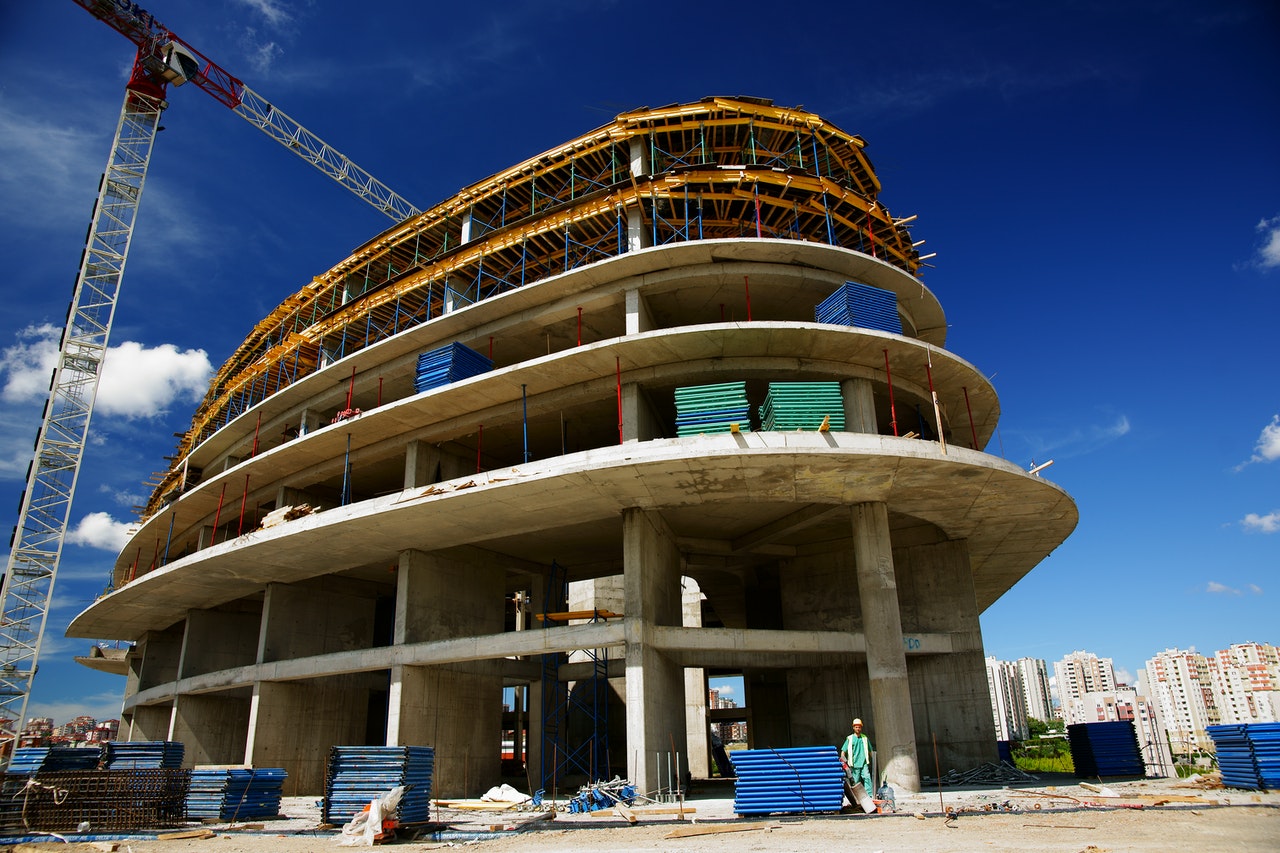The construction industry is constantly evolving with new materials and technologies. One such revolutionary material making waves is M Sand, or Manufactured Sand. If you’re in the construction business or planning a project, understanding M Sand can help you make an informed decision. Here is an in-depth discussion on what M Sand is, its benefits, uses and why it is becoming the future of construction.
What is M Sand?
M Sand (Manufactured Sand) is an eco-friendly alternative to river sand, made by crushing hard granite rocks into desired grain sizes. This process ensures that M Sand (Manufactured Sand) is free from impurities such as clay, dust and silt, making it an ideal material for construction.
Key Characteristics of M Sand:
M Sand, or Manufactured Sand, has several key characteristics that make it ideal for construction. It comes in various particle sizes, ranging from 150 microns to 4.75 mm, ensuring versatility for different construction needs. The particles are cubical in shape, which promotes better bonding and strength in concrete. Additionally, M Sand is clean and free from impurities like clay, dust, and silt, as it is produced through a controlled manufacturing process, ensuring consistent quality and enhancing the durability of the structures built with it.
Benefits of Using M Sand
M Sand offers several advantages that make it superior to traditional river sand:
1. Environmentally Friendly
With the massive depletion of natural river sand, M Sand serves as a sustainable solution by minimizing the environmental impact. Extraction of river sand damages the river ecosystem and contributes to soil erosion. On the other hand, M Sand is made up of abundant granite, making it an eco-friendly alternative.
2. Consistency in Quality
Unlike river sand, whose quality varies depending on its source, M Sand is manufactured under controlled conditions, ensuring consistency in size and quality. This consistency results in improved durability and strength in concrete and mortar.
3. Cost-Effective
M Sand is often cheaper than river sand because it has lower transportation costs and is also more consistently available. The affordability of M Sand can significantly reduce overall construction costs without compromising on quality.
4. Increased Workability
The smooth and even texture of M Sand makes it easy to work with, especially for plastering and masonry work. Its fine gradation ensures better water retention, thereby increasing the workability of the mix.
5. Better Durability
Due to its uniform size and texture, M Sand provides excellent compressive strength and helps reduce the chances of cracking of concrete. This increases the life of the structure.
Uses of M Sand in Construction
M Sand has a wide range of applications in construction:
1. Concrete Production
M Sand is widely used in the production of concrete. Its uniform grain size helps achieve high compressive strength in structures, making it suitable for heavy-duty construction work.
2. Plastering
For plastering, fine grained M Sand is ideal. Its smooth texture ensures an even application, reducing the risk of cracking of the plaster.
3. Masonry Work
M Sand is used for laying bricks and blocks in masonry work. Its uniform size and shape help in forming a strong and durable bond between the blocks.
4. Road Construction
In road construction, M Sand is combined with other materials to create strong and durable layers that can withstand heavy traffic and harsh weather conditions.
M Sand vs. River Sand: A Comparison
| Feature | M Sand | River Sand |
|---|---|---|
| Source | Manufactured from granite | Extracted from river beds |
| Quality | Consistent and controlled | Varies depending on source |
| Cost | More affordable | Often expensive |
| Impurities | Free from clay and silt | Can contain organic impurities |
| Environmental Impact | Eco-friendly, prevents river depletion | Depletes natural resources and harms river ecosystems |
Why M Sand is the Future of Construction
With increasing urbanization and depleting natural resources, the construction industry is moving towards more sustainable materials. Here is why M Sand is set to become the most preferred choice for builders and developers:
1. Sustainability:
M Sand is a renewable resource that reduces the pressure on river sand extraction.
2. Quality Control:
Since it’s manufactured, M Sand offers better quality control, ensuring stronger and more durable constructions.
3. Availability:
River sand is becoming scarce, but M Sand can be produced locally, reducing transportation costs and ensuring a steady supply.



